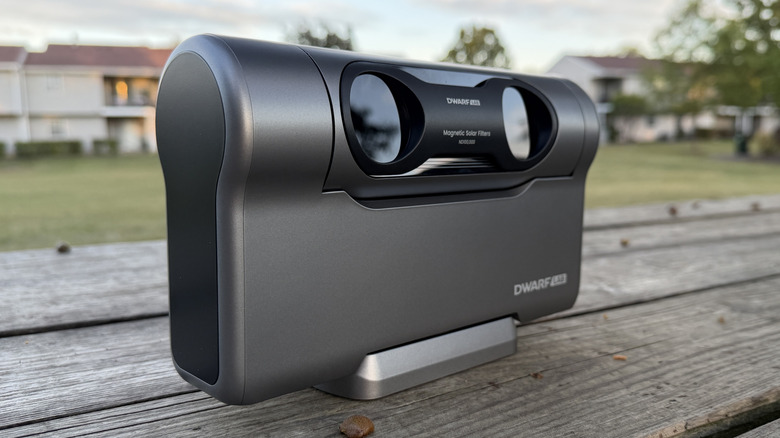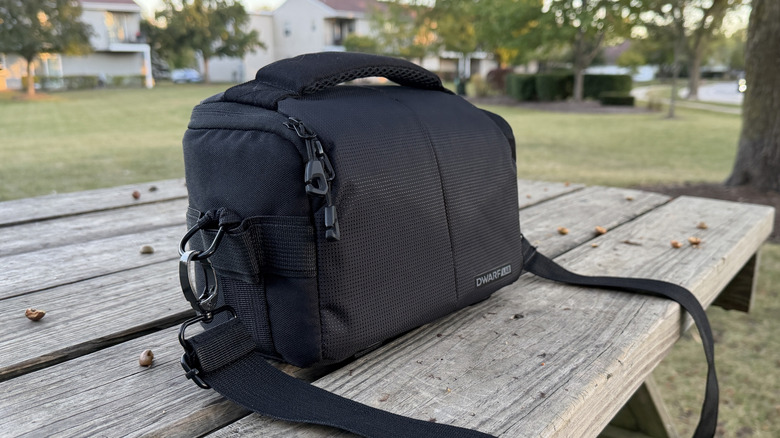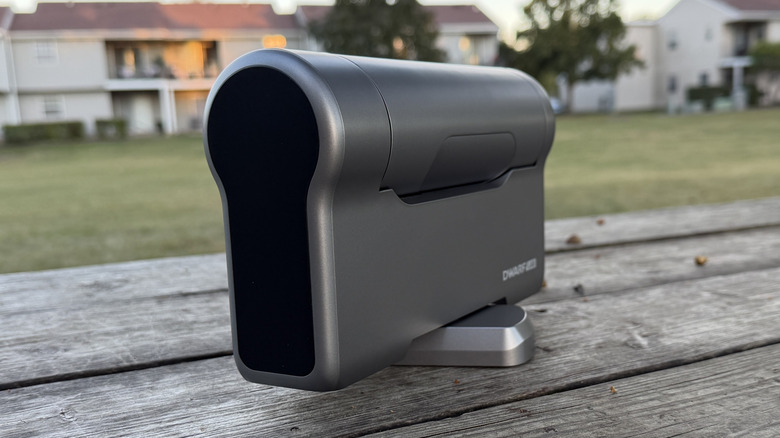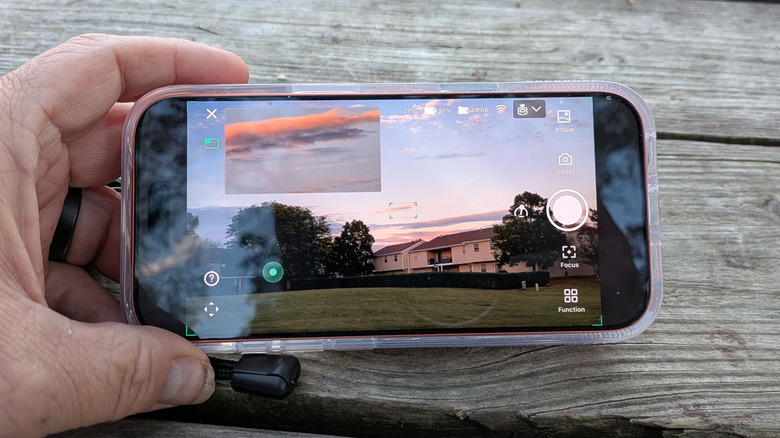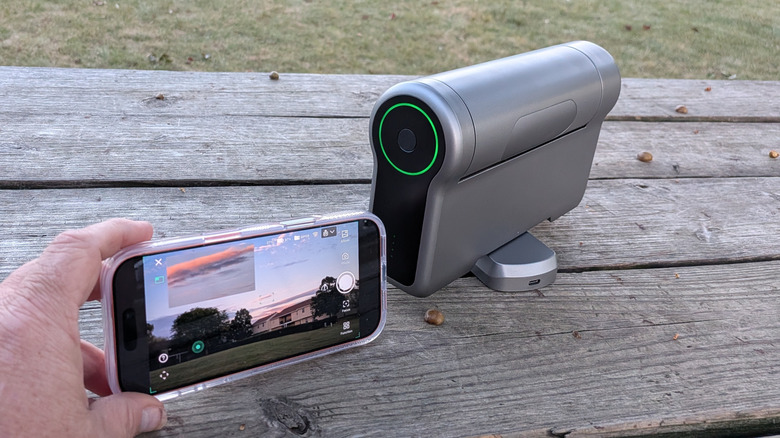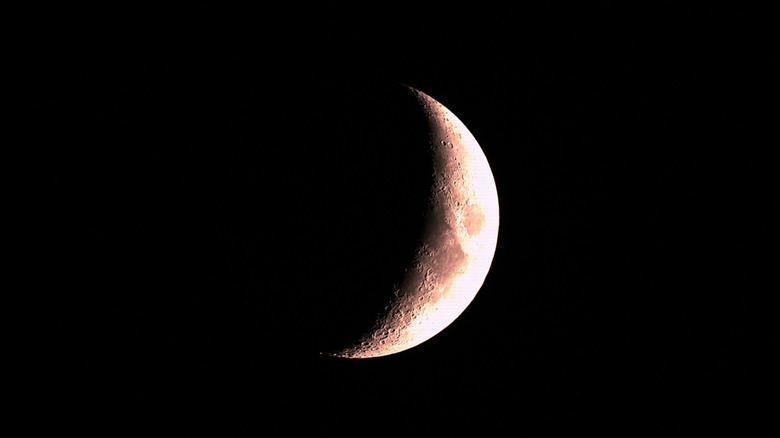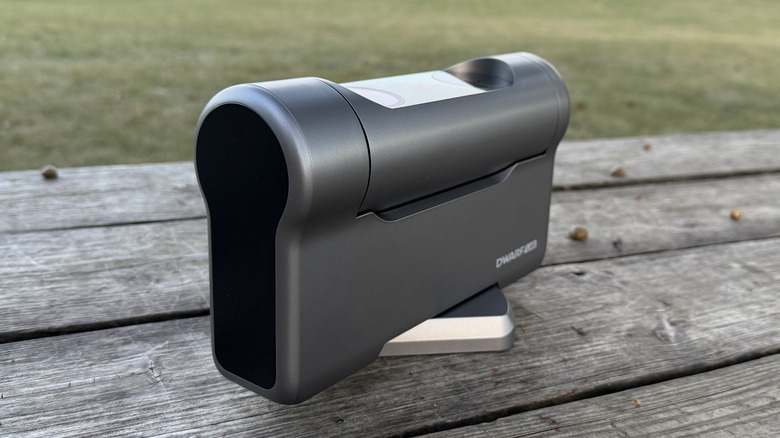Dwarf 3 Review: Portable Smart Telescope Astrophotography Made Easy
We may receive a commission on purchases made from links.
One of my nerd hobbies is astronomy. I love looking at the stars and imagining all the various worlds that are out there. Nebulae, whole galaxies; it's enough to make you think about how tiny and insignificant, and yet how awesome human beings are. Space exploration is a wonderful thing, but it's always been just a little out of reach for me.
Sure, I can look up, but getting the right equipment that can really zoom in on those phenomena and capture them has always been difficult. Telescopes can be delicate or unwieldy to work with. So, when I heard about the Dwarf 3, a smart digital telescope that literally fits in a shoulder bag, I was hooked.
Of course, the Dwarf 3 didn't solve every problem, but it's an interesting product that solves some of them. So, I wanted to try it out. I have been using the Dwarf 3 motorized telescope (provided by DwarfLab for this review) at my home in Chicago and in Maui, HI, and these are my thoughts.
Extremely portable
The Dwarf 3 is very compact, fitting into a shoulder bag that was small enough to include in my luggage for a week-long trip to Maui. I felt the clear skies in Hawaii might be the most accessible for capturing the night sky, and I was correct.
The Dwarf 3 has a rectangular base on which it rotates in order to aim anywhere. One thing that's a little bit of a bummer — but I totally get why they did it this way — is that the base doesn't rotate 360 degrees. Rather it stops at around 350 degrees. I have to think that it would be possible to make this freely spin, but I'm not an engineer. The base also includes a 1/4-inch thread on the bottom for tripod mounting.
The telescope itself has two sensors — a main camera and an ultrawide — on a cylinder that can rotate as needed in order to aim. The power button is on the side and when the telescope powers on, a circle of green LEDs lights up, which is a nice look. There's also a solar filter that attaches magnetically to the lenses if you want to take photos of the sun or a solar eclipse.
Account required
Once you set up the telescope you need to choose where to aim it. Like any telescope, this can be used during the day or at night. During the day you get some decent 12x magnification. The telescope also can compile panoramic photos for you, but there's a caveat with that. Some of the functions of the telescope are locked behind creating a DwarfLab account, which I tried to do, but was unable to — or I was able to create an account, but not able to log in; one or the other. So, you can capture panoramic shots, but you can't stitch them together, which is quite annoying.
Another function hiding behind that account is stacking astrophotography images. This is a concept that I don't fully understand, but essentially it involves capturing multiple images of the night sky and then layering them on each other in order to capture a clearer picture of the night sky. This is not a skill I have nor have developed, so it's rather irksome that it too is locked behind this wall.
I have reached out to DwarfLab about this issue and will be sure to update this review if/when it gets resolved.
Connecting is easy
Connecting to the telescope is very easy and straightforward. The telescope communicates with your phone via a private Wi-Fi network. You can connect by opening your Wi-Fi settings or by NFC, which is a lot easier. Basically just tap your phone and you're connected. It's handy.
Once inside the app, you have a couple of different options for operating the telescope. The first and most common is to control it manually. This brings up a dual viewfinder — a sort of picture in picture display. You can see both the ultrawide lens and the telephoto lens in the large and small windows respectively, or swap them as you like. On the right are the options to have from choosing to take a video, photo or panoramic shot to focus functions. On the left is the manual control of the telescope so you can aim it where you want it.
In this menu, Autofocus is annoying because you can only autofocus on what's in the viewfinder at that moment, then it stops attempting to change its set focus. If you move the telescope or aim it elsewhere, you will need to press autofocus again — this is the difference between what your smartphone probably does ("Continuous Autofocus") and what this device does, which is effectively manually activated (and focused automatically from there).
It takes some serious patience
The telescope has an atlas function which allows you to search out and track astral phenomena. That's the cool part. The not-so-cool part is how this all works.
Even in an ideal scenario where you have a perfect view of a perfectly clear sky, the telescope has to effectively start from zero. Every time you pick an astral phenomenon to look at or track, the telescope needs to calibrate. It does this by scanning the sky for known star patterns, etc. to establish where it is and what it's looking at.
So that's bad enough, but every time you decide to track something else, guess what? You need to recalibrate again, which means another minute or so of tracking the sky.
The second not-ideal part of this is, if you have an obstructed view of the sky, you have no idea what you can or cannot see. There is a star map you can browse, or there's a searchable database of things to look for. Neither superimposes their views on what you can actually see with the telescope. So when I was in Hawaii with the telescope on my balcony, and I searched up a thing to look for, as often as not, I ended up with a view of the floor above me, or into my room, or a palm tree as I did with a view of an astral phenomenon.
This was really tiresome, especially considering I had to recalibrate every single time.
What it does well
It's not all bad. Nearby heavenly bodies, such as the moon are very easy to capture. The telescope does a great job at tracking the moon as well, so if you want to take multiple shots, you can. I particularly like the tracking aspect because that's often what foils astrophotography — the fact that the earth is spinning and everything you're capturing is moving. Tracking can add some stability to your photography.
Speaking of tracking, you aren't limited to the night sky with this feature. You can track objects in the daylight, too. I tested this by placing the Dwarf 3 on a picnic table and riding my bike back and forth. It even tracked me when I when behind obstacles such as trees. It's pretty good at that, although it lost me when I went behind a line of cars. But this is also a spot where the rotating base got annoying. It can't properly track something that goes around it in a full circle — the base hits its limit before that can happen.
According to DwarfLab the telescope has an aperture of 35mm and a focal length of 150mm for an equivalent focal length of 737mm. Comparing photos captured by the telescope compared to photos captured by my Pixel 10 Pro Fold, I'd say the telescope is capable of about a 20x optical zoom, so you can read license plates from across a field.
Dwarf 3 Price, availability, and verdict
The Dwarf 3 telescope is available from DwarfLab's website and from Amazon for $549. That's reasonably priced for this category, which is a good thing.
But there are some notable flaws in this device which make using it frustrating, especially for a beginner. Advanced users might be able to know better which phenomena are in which part of the sky at which time of year. But this isn't geared toward them. This is geared toward beginners. If you want one camera that's able to track the moon, take lovely photos of the moon at night, and capture video of you as it moves to keep focus on you while you ride your bike back and forth, this might be the device for you.
The advertising for the device talks about how you can set this up and be scanning the skies in minutes. If that's the case, this telescope misses the mark. There is a ton of potential here, but there are still some misses. I want the telescope to superimpose astral events onto what it sees in its calibration scan so I can point and shoot from there. I also want the calibration to happen once and not again until it gets moved and/or relocated. The sensors themselves are also a lower resolution than I want to see for a product at this price point.
Beyond that, it is a nice telescope with some great tracking abilities. The software is intuitive — it's the execution of the commands that feel like they could be more user-friendly. I would have hoped that a third-generation device would have a little more polish for a price of $549 (or thereabouts). Hopefully the Dwarf 4 is a more feature-complete product.
